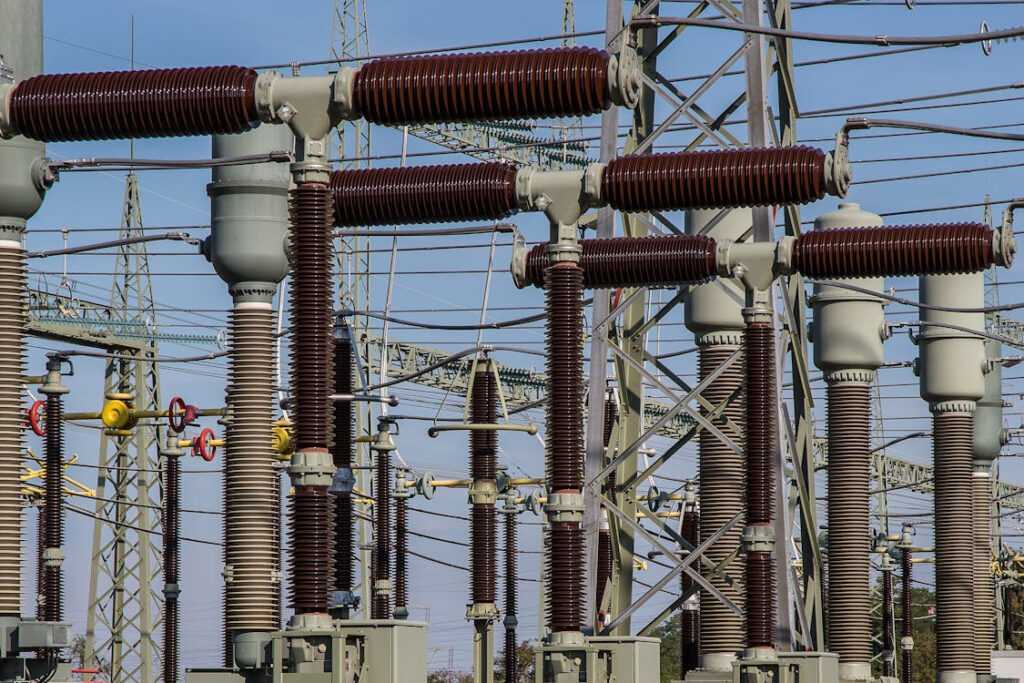The Environmental Toll of Generative AI: Navigating Energy Efficiency Challenges
As artificial intelligence (AI) is embraced worldwide, questions about its environmental effects are mounting. Renowned for its computational intensity, generative artificial intelligence has been found to be a major factor driving carbon emissions and energy usage. Though groundbreaking, the technology creates a conundrum between sustainability and invention. Renowned artificial intelligence experts like Sasha Luccioni are advocating “energy sobriety” in the application of artificial intelligence to help to solve environmental issues. This increasing reliance on artificial intelligence technology emphasizes how urgently innovation must be balanced with environmental sustainability to lessen their effects on the climate.
The Energy Demands of Generative AI
Especially in their training stages, which involve processing billions of data points, generative artificial intelligence models demand enormous computer capability. The enormous carbon footprints produced by the high energy use generate questions regarding the wider consequences for the climate problem. Generative artificial intelligence generates new content, which includes much more resource-intensive chores than conventional search engines that retrieve already existing knowledge. Its uses, like AI-driven online searches, thereby add to a more environmental load. These computing needs aggravate the worldwide resource depletion problem even more, hence we need to rethink our use of artificial intelligence technologies.
Sasha Luccioni’s Call for Energy Sobriety
Renowned AI researcher Sasha Luccioni has been outspoken on the effects of artificial intelligence technology on the surroundings. Speaking at a recent conference in Montreal, she underlined the enormous energy costs of using generative artificial intelligence for tasks like online searches, which might be better managed by conventional search engines. Promoting “energy sobriety,” Luccioni exhorts both consumers and developers to be more conscious of how artificial intelligence is used and to give energy efficiency top priority in technology development. Her support of responsible artificial intelligence use emphasizes the need of matching environmental preservation initiatives with technology developments.
The Role of Tech Companies and Governmental Regulation
Beyond user responsibility, Luccioni’s argument advocates more tech corporations’ openness on the energy use of their artificial intelligence models. Governments should therefore create laws guaranteeing sustainable application of artificial intelligence technologies. Controlling the environmental impact of artificial intelligence developments depends on this degree of responsibility since businesses mostly depending on these technologies have to be held to energy efficiency criteria. Encouragement of a cooperative approach in reducing the energy footprint of artificial intelligence and attaining long-term sustainability goals depends on such legislative actions.
Tools to Measure and Manage AI’s Carbon Footprint
Using technologies like CodeCarbon, created by Luccioni and her colleagues, helps one address the environmental effect of artificial intelligence. By measuring the carbon footprint of their artificial intelligence models, this tool provides developers with understanding of the environmental expenses of their code. Furthermore, Luccioni’s present work on a certification system seeks to classify AI models according to energy efficiency, much as household appliance energy ratings. AI developers could be pushed by this approach toward producing more ecologically friendly models. With the tools and information developers need to produce creative and environmentally friendly AI models, this proactive approach seeks to empower them.
Although generative artificial intelligence offers great chances for innovation, its energy consumption raises major environmental hazards. Leading the campaign for responsible artificial intelligence use, Sasha Luccioni and others advocate energy-efficient methods and want legislative control. Balancing technical development with environmental sustainability will be essential as artificial intelligence develops to minimize its effect on the crisis of global warming. Dealing with the environmental issues raised by artificial intelligence would help civilization to gain from its features without compromising the future of the earth.


